Dar Williams, with a show next week in Spokane, mixes music and sociology in recent tour dates

The past year has turned out to be busy for Dar Williams, and 2018 may be a repeat performance. She recently reunited with fellow singer-songwriters Richard Shindell and Lucy Kaplansky to reform alt-folkie supergroup Cry Cry Cry after nearly two decades. Last September also saw her release her new book, “What I Found In a Thousand Towns.”
Originally formed back in 1998, Cry Cry Cry yielded a single self-titled album of mostly covers steeped in harmonies that evolved out of sound checks that Shindell and Williams were doing while touring together as solo artists in the mid-1990s. As such, the album “Cry Cry Cry,” with its interpretations of songs by the likes of R.E.M., Greg Brown, Robert Earl Keen and Ron Sexsmith, earned the group a fervent following that’s been clamoring for a reunion. That notion has also been on the minds of the three musicians involved.
“We all were thinking about it for a long time on our own. Then Lucy [Kaplansky] wrote and said we had an offer to play at [the Clearwater Folk] festival if we wanted to reunite. We were all hiding these songs in our back pockets that we had saved for a possible reunion, so it was a very instant yes,” Williams explained in a recent phone interview.
The trio played a handful of shows last year and is now in the middle of a spring Williams, who has a few solo dates (including her show in Spokane next week) sprinkled between Cry Cry Cry shows, aid a new album is a possibility, too.
“What we want to do is try a couple of songs (live) and see how they do. We’d like to work on a couple of songs because you can’t really see how they are until they’re living out in the audience a bit,” she said. “If it hits the wall and falls, people will understand. But it might hit the wall and turn into fireworks. It’s going to be kind of special because it’s going to have the intimacy of trying new things. If we record, I’m really glad that we’ll have had some opportunity to perform first, so we can evolve and see how (these songs) want to live in a recording.”
It’s this life as a working musician, both solo and in Cry Cry Cry, that’s allowed her to spend a good part of the past two decades on the road, where she’s had a catbird seat to observe how people live and interact in the different places she’s played in all over the country. This small town dynamic has always fascinated Williams, and as an academic who taught for a number of years at Wesleyan University, she began researching societal commonalities that she kept seeing crop up, a process that led to her new book.
“I watched towns come into some kind of local prosperity over the last 20 years, and I got interested in what towns were doing that helped them either find their center or souls or helped them function in a resilient way,” she explained. “It turns out there are all these words for what I was looking for like high trust versus low trust, and something called social capital, which is a bank account of good will as opposed to a financial bank account. There is also something I call positive proximity, which is the sense that living close to other people is actually a force of good. Being around a lot of people allows you to do more things and have more fun. Towns with high positive proximity will have things like a downtown with a lot of independent stores and restaurants. It’ll be long, so people can walk up and down and around and it’ll have a nice train station and things like that. These things of course, generate positive proximity too. That sense that somebody cares about your well-being in town generates a sense that you want to be a part of it.”
Williams’ passion for this subject runs deep, and many of her recent headlining dates have featured readings from her book as well as a musical performance, something she wants to continue to do as her schedule allows. And there are even plans to release another studio album in 2018.
“I’m really excited to get into towns and talk about the book and then turn it over and find out what’s going on in peoples’ towns that they are excited about. Or what’s happening in your town that you see for your town as opposed to what’s wrong, because everybody knows what’s wrong,” she said. “The book kind of took a lot of focus and energy. But once it was done, the melodies started to trickle back in pretty quickly. I’m thinking that I’ll actually have something sooner rather than later.”